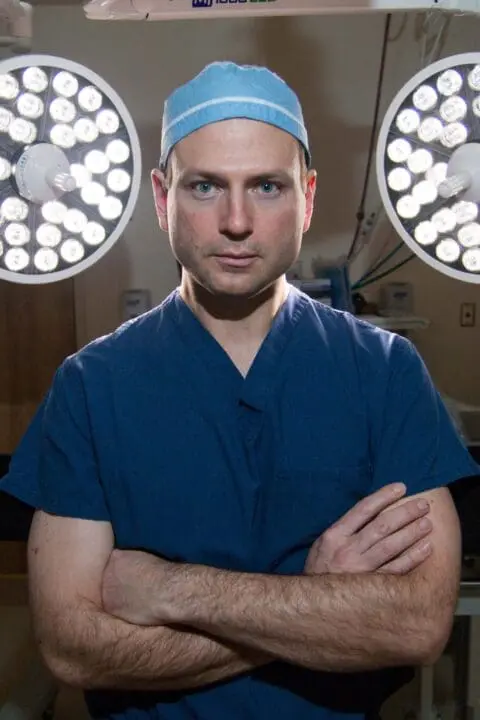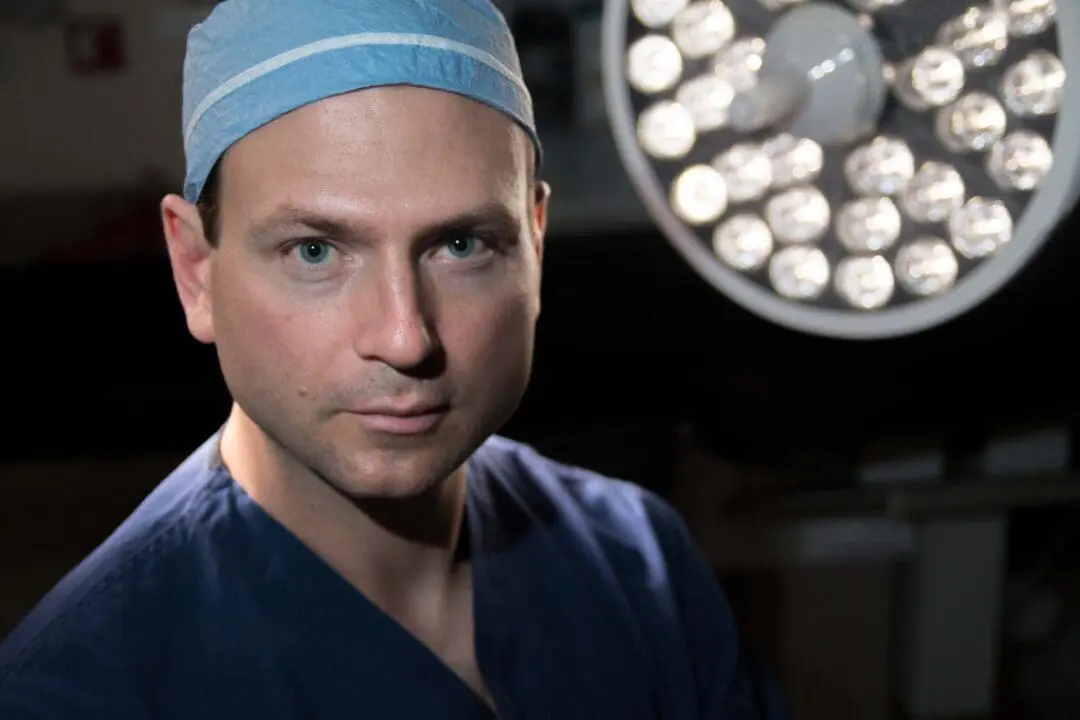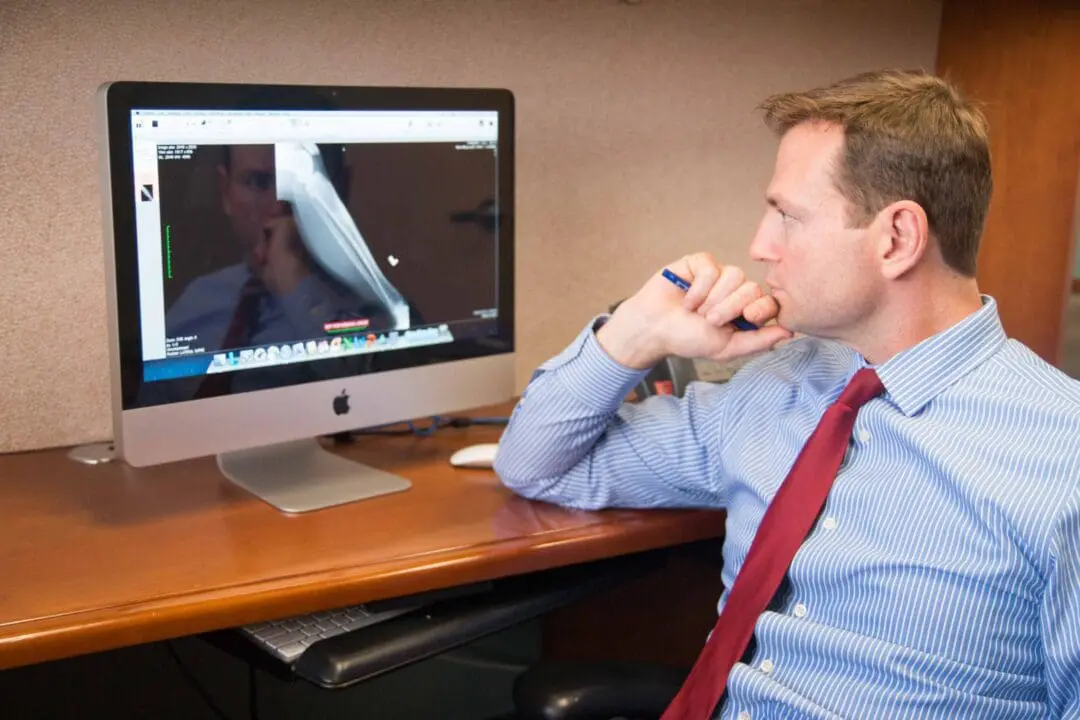
About Avascular Necrosis
Like all living tissue and organs in the body, when healthy bone is deprived of an adequate blood supply, it results in bone tissue death, a condition known as avascular necrosis. The condition (also referred to osteonecrosis) results in a series of fractures and cracks that can eventually destabilize the bone and cause it to collapse. Some people with osteonecrosis are also at risk for developing severe osteoarthritis.
Board-certified orthopedic surgeon Dr. Daniel C. Allison has helped countless patients with avascular necrosis. Learn more today by calling 310-730-8008 to schedule a consultation in Los Angeles.
Causes of Avascular Necrosis
While anyone can suffer from bone tissue death, the condition is generally more common in adults between the ages of 30 and 60.
The Most Common Causes of Osteonecrosis
-
- Break or fracture in the bone that cuts off the blood supply
- Joint dislocation
- Steroid use
- Excessive alcohol consumption
- Some radiation for cancer treatment
- Lipid (fat) deposits in the blood vessels
- Unknown (the origins of as many as 25 percent of cases of avascular necrosis are unknown)
Certain medical conditions like those listed below can also contribute to the risk of developing osteonecrosis
-
- Sickle cell anemia
- Gaucher’s disease
- Pancreatitis
- Systemic lupus erythematosus
- Diabetes
- HIV/AIDS
Avascular Necrosis: Signs and Symptoms of Osteonecrosis
The most prominent symptom of osteonecrosis is pain, which typically develops after the condition has progressed. The damage to the bone tissue is usually progressive, and many people do not experience noticeable pain or symptoms until the bone tissue has been compromised due to lack of adequate blood flow for a period of time.
Once pain sets in, it is generally felt near the affected joint during movement, or when pressure is applied. Some people may also experience pain while at rest. The severity of pain associated with avascular necrosis can range from moderate to severe.
The areas most commonly affected by avascular necrosis
-
- Hip
- Knee
- Shoulder
- Hands
- Feet
To learn more about avascular necrosis, visit medlineplus.gov
DIAGNOSING AND TREATING OSTEONECROSIS AND HIP FRACTURES IN BEVERLY HILLS
Non-surgical treatments for osteonecrosis
- Medication – Non-steroidal anti-inflammatory drugs (Advil, Aleve, ibuprofen, Motrin), Osteoporosis drugs, Cholesterol lowering drugs, Blood thinners
- Rest and restricted physical activity to relieve pressure on the affected joint
- Electrical stimulation to help spur new bone growth
In order to determine the cause of hip and joint pain and find an appropriate treatment plan, board-certified orthopedic surgeon Dr. Daniel C. Allison will perform a comprehensive physical exam and medical history, including a thorough examination of the joints for signs of inflammation, and to assess range of motion. Diagnostic imaging tests including X-ray, MRI, CT, and bone scans can highlight changes in the structure of the bone if avascular necrosis or other fractures are present.
The goal of treatment is to preserve as much healthy bone as possible and to prevent further bone loss. If osteonecrosis is caught early, conservative treatments may be a viable option.
Surgical treatments for osteonecrosis include
-
- Core decompression
- Bone graft (transplant)
- Joint replacement
- Bone marrow aspirate and concentration
Many cases of avascular necrosis are caught after they have significantly progressed and may no longer respond to conservative treatments.


